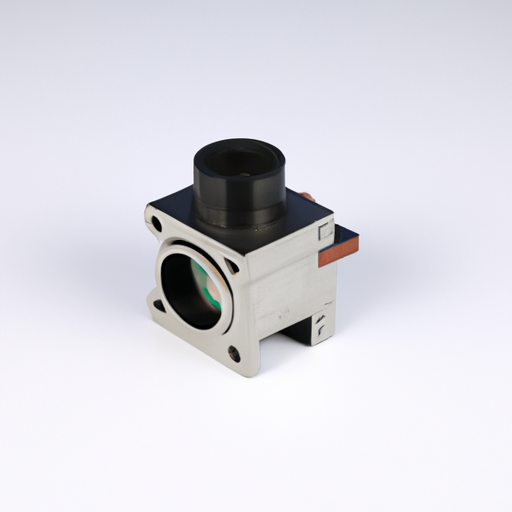Core Functional Technologies of Encoders
| 1. Types of Encoders | |
| 2. Signal Output | |
| 3. Resolution | |
| 4. Durability and Environmental Resistance | |
| 5. Mounting and Integration | |
| 1. Robotics | |
| 2. Industrial Automation | |
| 3. Motion Control Systems | |
| 4. Medical Equipment | |
| 5. Elevators and Escalators | |
| 6. Agricultural Machinery |
Application Development Cases
Conclusion
The CFR-25JB-52-110R encoder exemplifies the essential role of encoders in modern technology. With their ability to provide precise position and motion feedback, encoders are integral to a wide range of applications across various industries. Understanding the core technologies and application cases enables engineers and developers to leverage encoders effectively in their designs, leading to enhanced performance, reliability, and innovation in their respective fields. As technology continues to evolve, the importance of high-quality encoders like the CFR-25JB-52-110R will only increase, driving advancements in automation, robotics, and beyond.






